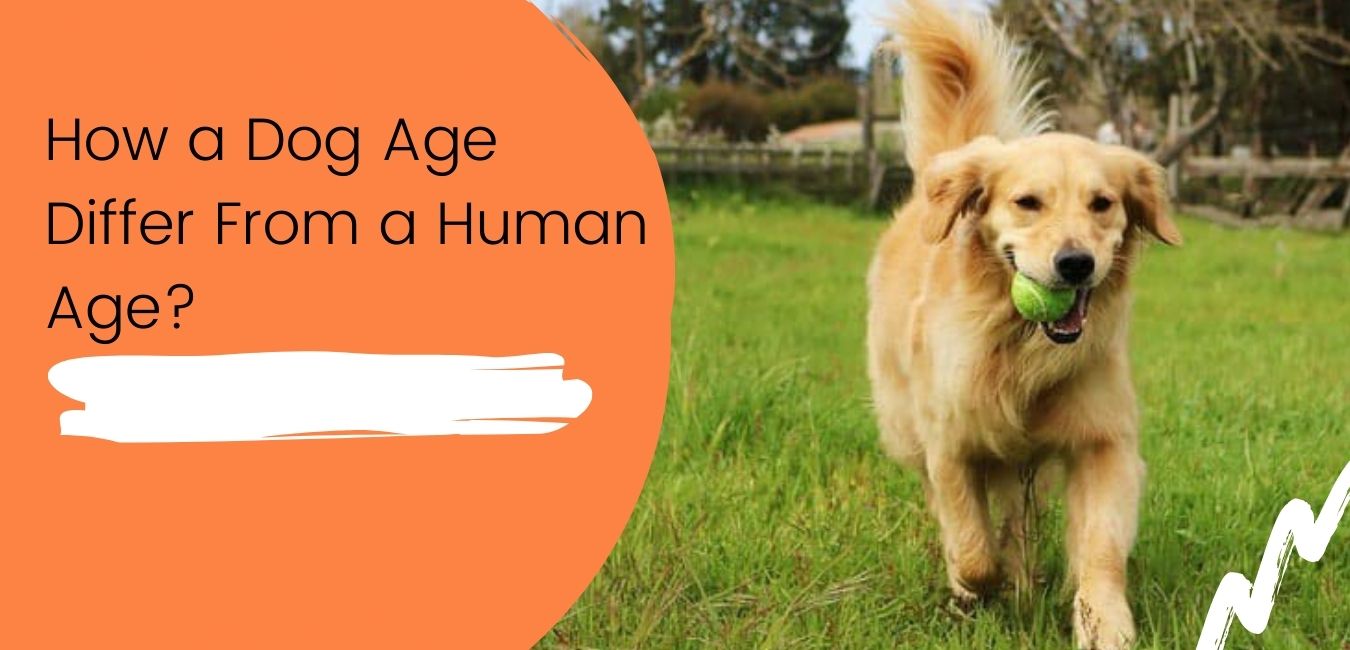The age of any pet and animal varies with human ages, as well as dog ages vary, wither their own breeds and affect the dog’s health, physical ability, and life expectancy. Like in humans, dogs also grew changes in visibility, skin quality, energy levels, appetite.
For dogs, it is slightly more complicated than felines; a normal cat breed is 6-7 years with relative to 1 year of a human but for a dog, it is differentiated by the size and weight. Generally, the heavier and larger the dog, the more rapidly they age.
Size and breeds matters for a dog that smaller dogs tend to live longer than larger ones with a faster maturation rate in the first few years of life; on the other hand, huge pup ages slowly at first, but reach the middle of his living age at age 5. Tiny breeds become old at around age 10.

Their body may degrade often
with geriatric age, and medical conditions such as cancer, renal failure, arthritis, dementia, joint conditions, and other age-related health issues. Our vet can also guess the age based on a complete physical exam or tests that look at bones, joints, muscles, and internal organs. If you wish to, do not wait any longer as you can give at best 15 years of your time to a dog.
This is strange that dogs can reach full sexual maturity after the only first year of being born. The reason is that canines age faster during the first two ages of their lives than humans do.
If you do not know the history of your dog and wanted to know how old is she there are some clues to look for it. With this tactic, it is not always necessary to know the exact birth date. Try to find out the relative age of your dog by looking at their teeth. A dog’s teeth would give you a rough idea, but the values vary from dog breeds and also depend on the kind of dental care a dog has.
- From birth till 8 weeks: All baby teeth are
- From 8 weeks to 7 months: All permanent teeth are in and are white and clean.
- From 7 months till 2 years: Teeth are duller, and the back teeth may have some yellowing.
- From 2 years till 5 years: All teeth may have tartar buildup and some tooth
- From 5 years till 10 years: Teeth show more wear and signs of
- From 10 years till 15 years: Teeth are worn, and heavy tartar buildup is likely. Some teeth may be
The dogs aging matters because according to their age we need to make changes in their nutrition, exercise habits and even induce a different sleep pattern to help them stay rejoice and healthy. As a responsible pet owner, if you understand and know the age and its specifications towards your dog, it will be easier to prevent and watch for symptoms of decline before they become any serious.


